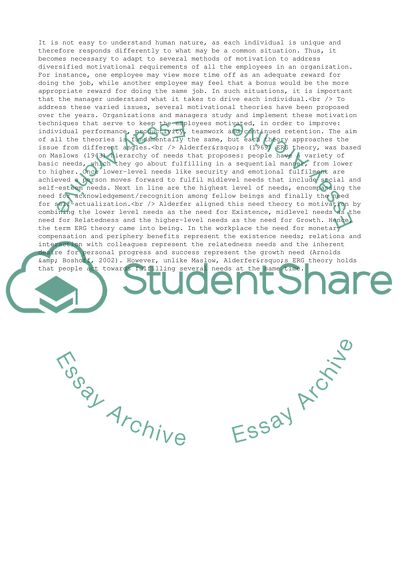Cite this document
(Motivating Employees at the SAS Institute Case Study, n.d.)
Motivating Employees at the SAS Institute Case Study. Retrieved from https://studentshare.org/management/1734835-motivating-employees-at-the-sas-institute-a-global-success-story
Motivating Employees at the SAS Institute Case Study. Retrieved from https://studentshare.org/management/1734835-motivating-employees-at-the-sas-institute-a-global-success-story
(Motivating Employees at the SAS Institute Case Study)
Motivating Employees at the SAS Institute Case Study. https://studentshare.org/management/1734835-motivating-employees-at-the-sas-institute-a-global-success-story.
Motivating Employees at the SAS Institute Case Study. https://studentshare.org/management/1734835-motivating-employees-at-the-sas-institute-a-global-success-story.
“Motivating Employees at the SAS Institute Case Study”. https://studentshare.org/management/1734835-motivating-employees-at-the-sas-institute-a-global-success-story.


